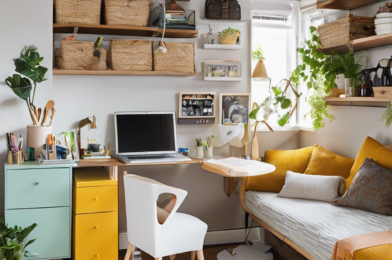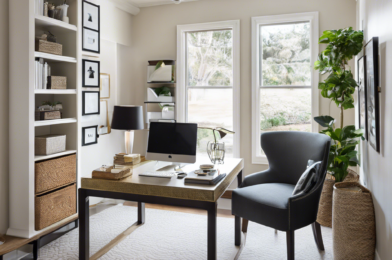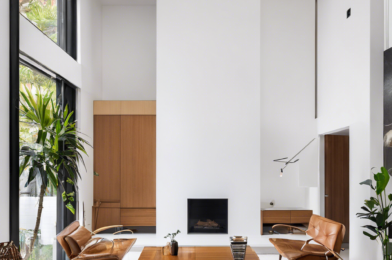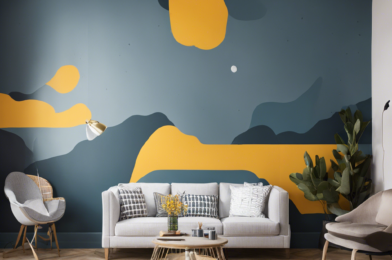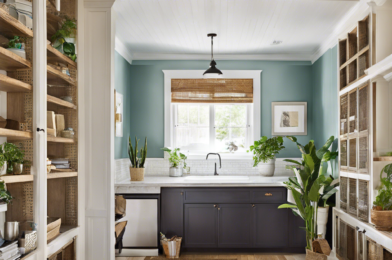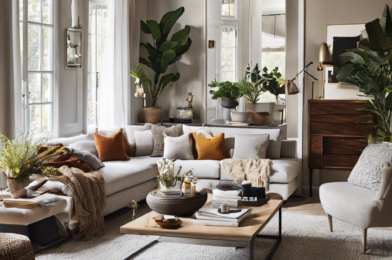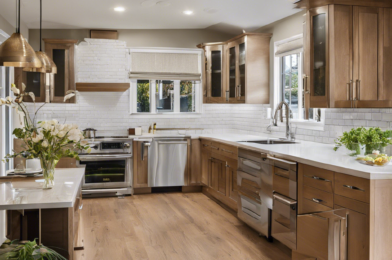Living in a small space can be a challenge, but with the right organization strategies, you can make the most of every square foot. Whether you’re dealing with a tiny apartment, a small home office, or a cramped closet, these tips will help you maximize your space and create a functional and stylish living area.
First, take inventory of your belongings. Go through your items and decide what you really need and use regularly. Let go of anything that is no longer serving you or taking up valuable space. Be ruthless in your editing process – if you haven’t used it in a year, chances are you don’t need it. Donate, sell, or recycle items that are still in good condition but no longer spark joy for you.
Once you’ve decluttered, it’s time to get creative with storage solutions. Invest in multi-functional furniture with built-in storage. For example, opt for a coffee table with a lift-top and hidden compartment, or choose a bed frame with drawers underneath for extra storage. Utilize vertical space by installing floating shelves or ceiling-high bookshelves to display your belongings without taking up floor space.
Another tip is to utilize hidden storage spaces. For example, use under-bed storage containers or invest in furniture that can double as storage, such as ottomans with removable lids. If you’re short on closet space, consider investing in a freestanding clothing rack that can be moved around as needed.
Make use of doors by hanging organizers or shoe racks on the back of bedroom and closet doors. These often-overlooked spaces can provide ample storage for smaller items, keeping them off the floor and out of sight.
When it comes to the kitchen, maximize cabinet space by installing stackable shelves or using under-shelf baskets. Save counter space by investing in multi-purpose appliances, such as a toaster and oven combo or a blender that doubles as a food processor.
In the bathroom, utilize over-the-door towel racks and shower caddies to keep towels and toiletries off the counter and within easy reach. Make use of the space behind the bathroom door by hanging an organizer for your hair tools or a basket to store your blow dryer and curling irons.
Finally, don’t be afraid to think outside the box. Get creative with your organization and utilize unconventional spaces, such as the area under the stairs or above cabinets. By using these tips and tailoring them to your specific needs, you’ll be well on your way to making your small space feel spacious and efficient.
